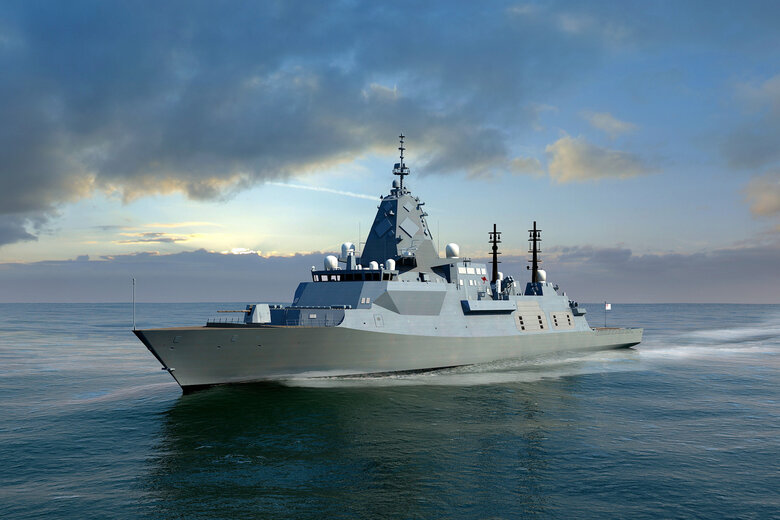
Information contained in secret Defence documents estimated the cost of the government’s ill-fated future submarines program almost $30 billion higher than was reported in public documents at the time, an audit found.

Classified documents also had the cost of the troubled future frigates at $6 billion more than was publicly reported.
Auditor general Grant Hehir’s report into Defence’s administration of the Integrated Investment Program (IIP), released on Tuesday, found Defence is yet to establish an effective framework to guide public reporting on the IIP, which saw almost $135 billion worth of projects approved over the last four years.
The IIP is managed by Defence and contains all elements of Defence investment, including new weapons, infrastructure, workforce and ICT.
Public editions of the program have been published in 2016 and 2020. Another key element in maintaining the IIP has been a classified spreadsheet, known internally as the IIP ‘broadsheet’.
‘Short of reliable information‘
The audit found “the reporting approach adopted for the Future Submarine and Future Frigate programs in the first public edition, particularly the inclusion of substantially lower minimum costs than those provisioned for in the underlying confidential IIP broadsheet, fell short of accurate, reliable and transparent information.”
The reporting approach adopted for the Future Submarine and Future Frigate programs in the first public edition, particularly the inclusion of substantially lower minimum costs than those provisioned for in the underlying confidential IIP broadsheet, fell short of accurate, reliable and transparent information.
Auditor General Grant Hehir
Mr Hehir also found Defence didn’t have systems for reconciling information in the IIP broadsheet with public editions and failed to get ‘arm’s length’ verification that the publicly reported costings reflected the broadsheet costings.
For Future Submarines, the capital cost advised to government in February 2016 was $78 billion – 56 per cent higher than the minimum capital cost of $50 billion reported publicly at that time.
For the Future Frigate, the figure of $36 billion appearing at that time in the IIP broadsheet was 20 per cent higher than the minimum cost of $30 billion reported publicly.
“For these programs, Defence included substantially lower minimum costs in the public document as compared to the actual provisions in the confidential IIP broadsheet,” the audit says.
Lack of guidance on reporting
The audit says while there is “a largely effective governance, control and approval framework” for the IIP, Defence is yet to establish an effective framework to guide public reporting on the program.
It found a lack of guidance to officials on how to report publicly, and said certain projects had been left out or aggregated without explanation and different approaches were used to report potential costs without explaining why.
$134.1 billion worth of IIP projects were approved between 2016 and 2022 and 70 per cent of the annual Defence budget is expected to be allocated to the IIP by the end of the decade.
In September 2021, then Prime Minister Scott Morrison announced he’d cancelled the $80 billion French contract for the Future Submarine project and created the AUKUS pact with the US and UK which would help Australia acquire nuclear powered submarines.
Meanwhile, the government said in August the status of the $45 billion Future Frigate program is being considered as part of the Defence Strategic Review, which is set to report in early 2023.
Comment below to have your say on this story.
If you have a news story or tip-off, get in touch at editorial@governmentnews.com.au.
Sign up to the Government News newsletter